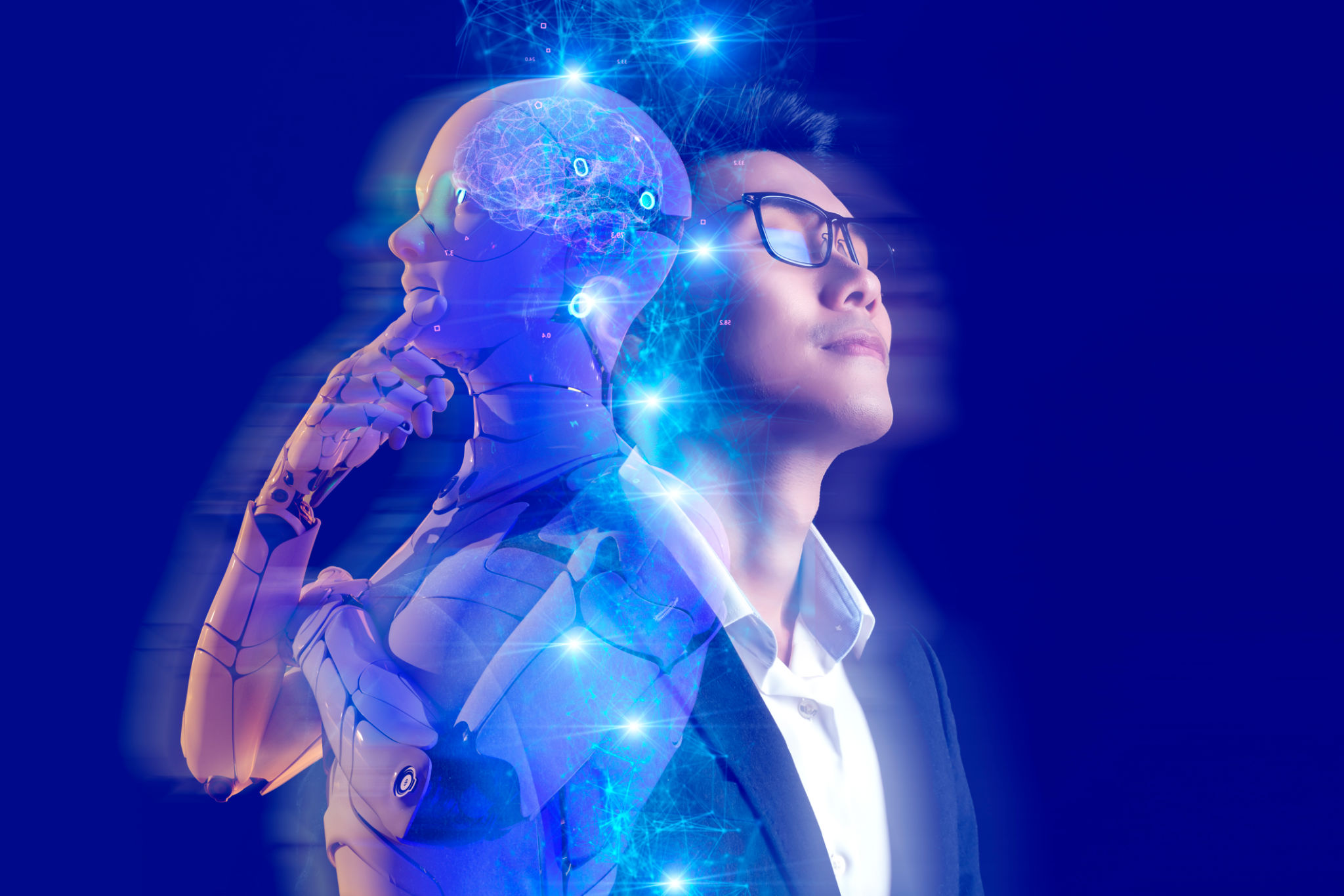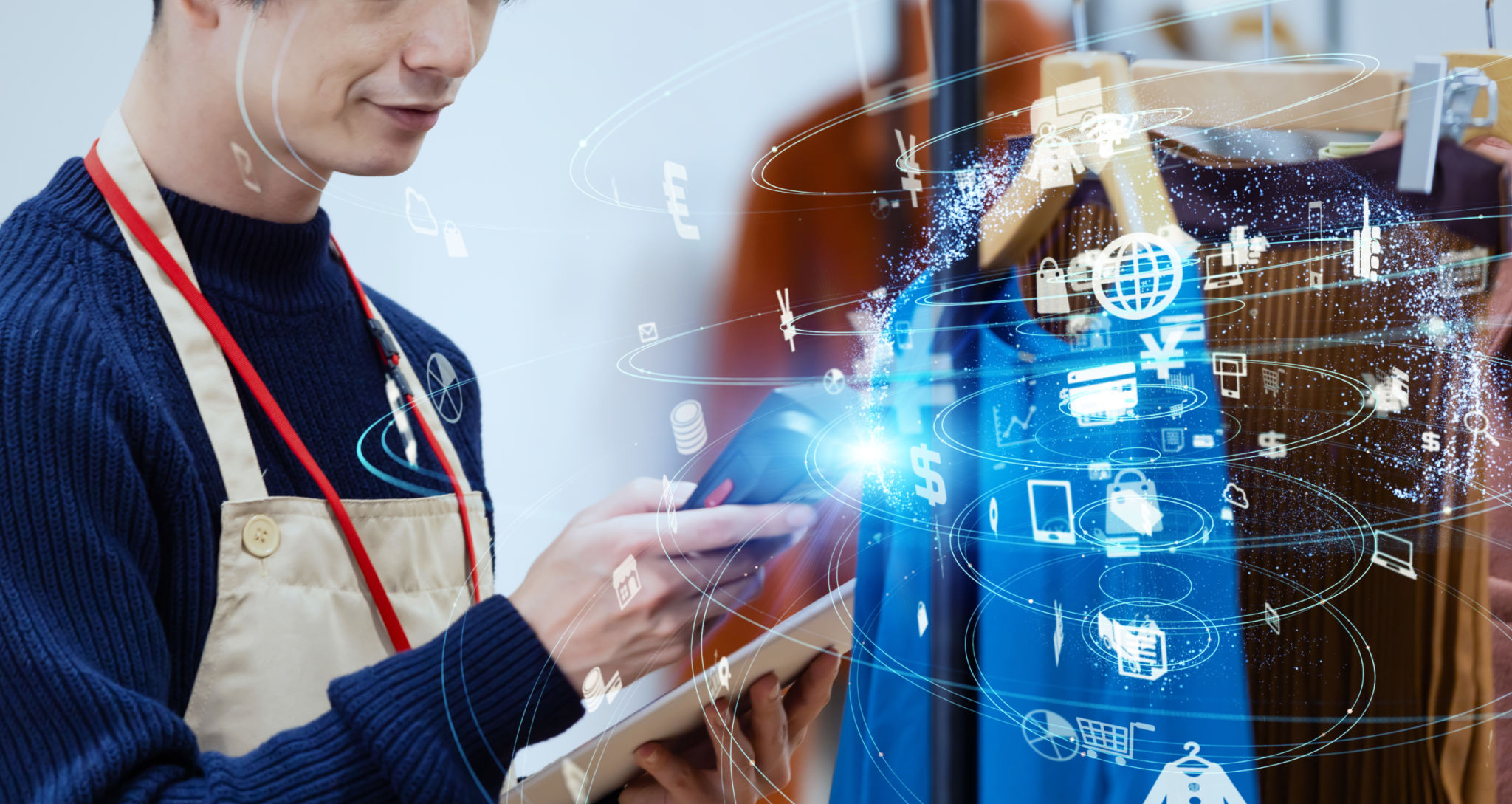Top 5 Myths About AI in Business: Debunked
Myth 1: AI Will Replace All Jobs
One of the most pervasive myths about AI in business is that it will replace all human jobs. While it is true that AI can automate certain tasks, it is not poised to replace humans entirely. Instead, AI is more likely to augment human capabilities by handling repetitive and mundane tasks, allowing employees to focus on more complex and creative work.
The evolution of AI is creating new job opportunities that require human oversight, interpretation, and decision-making. Industries are increasingly seeking professionals who can work alongside AI, ensuring its efficient and ethical deployment.

Understanding AI's Role in Workforce Transformation
AI's impact on the workforce is akin to past technological advancements, like the internet or automation in manufacturing. These innovations initially displaced some jobs but ultimately led to the creation of new roles and industries. AI is expected to follow a similar trajectory, transforming rather than eliminating the workforce.
Myth 2: AI Can Function Autonomously
Another common misconception is that AI can operate independently without human intervention. While AI systems can process large volumes of data and make decisions based on that data, they still require human input for programming, oversight, and ethical guidance.
AI algorithms need to be trained with accurate data and regularly updated to maintain their efficiency and relevance. Humans play a critical role in setting parameters, interpreting results, and ensuring AI aligns with business goals and ethical standards.

The Importance of Human Oversight
Human oversight is crucial to prevent biases and errors in AI decision-making. By integrating human judgment with AI capabilities, businesses can leverage the best of both worlds—AI's speed and efficiency with human intuition and experience.
Myth 3: AI Is Only for Large Corporations
Many believe that only large corporations with vast resources can benefit from AI. However, AI technologies are increasingly accessible to businesses of all sizes. From cloud-based AI solutions to affordable software options, small and medium-sized enterprises can also harness the power of AI to streamline operations and enhance customer experiences.
AI tools are becoming more user-friendly, enabling businesses without specialized technical teams to implement AI-driven solutions effectively. This democratization of AI technology allows companies across various sectors to innovate and stay competitive.

AI as a Catalyst for Innovation
By lowering entry barriers, AI empowers smaller businesses to compete with larger enterprises by increasing efficiency, personalizing customer interactions, and making data-driven strategic decisions. In this way, AI serves as a catalyst for innovation across the business landscape.
Myth 4: AI Is Infallible
There is a misconception that AI systems are infallible and make flawless decisions. In reality, AI is only as good as the data it processes and the algorithms it runs on. Biases in data or errors in programming can lead to flawed outcomes.
It is essential for businesses to continuously monitor and refine their AI systems to ensure accuracy and fairness. Regular audits and updates help maintain the reliability of AI solutions.

Ensuring Accuracy and Fairness
Businesses must implement robust testing and validation processes for their AI systems. By doing so, they can identify potential biases or inaccuracies early, ensuring that their AI applications deliver trustworthy results.
Myth 5: AI Lacks Creativity
Many assume that AI lacks creativity and cannot contribute to areas requiring innovation. However, AI has shown remarkable potential in creative fields by generating music, art, and even writing content based on patterns and trends in existing data.
AI can assist human creators by providing insights, suggesting new ideas, and automating repetitive aspects of creative work. This collaboration can lead to novel outcomes that neither humans nor machines could achieve independently.

The Fusion of Human Creativity and AI
By blending human creativity with AI's analytical capabilities, businesses can push the boundaries of innovation. This synergy enables companies to explore uncharted territories in product development, marketing strategies, and customer engagement.
In conclusion, understanding the realities of AI in business helps dispel myths and unlock its full potential. By embracing AI as a tool for augmentation rather than replacement, businesses can leverage its strengths while ensuring ethical and effective implementation.